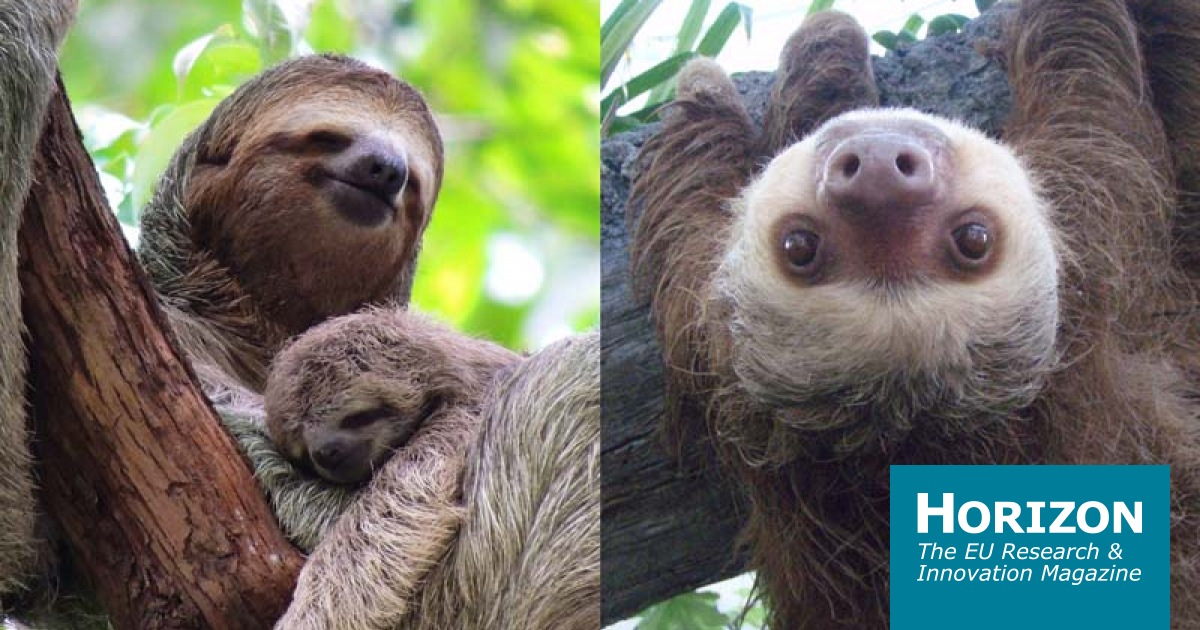Sloths are known for their slow nature, but that’s due to the relatively low quality diet they consume. Most sloths eat a regimen of toxic leaves that provide little energy and can take up to a month to properly digest – in fact, if they digested any faster, the toxicity would poison them. The reason sloths move so slowly has a lot to do with what they eat: a variety of leaves, stems, buds, and some fruit. This kind of diet requires a special digestive system. Sloths have a large, four-chambered stomach, like a cow. The next time someone tells you to hurry.



Interesting Facts About Sloths
Fun Facts for Kids
Two Toed Sloth Diet
- The long and coarse fur of this animal is normally light brown, though may seem to be green because of blue-green algae, growing there.
- At a few weeks old, infant sloths get algae colonies into their fur from their mothers. Algae, growing on their fur, do not occur anywhere else. These animals allow algae to live in their fur, providing it with required moisture. Algae, in turn, serve as camouflage, helping them escape predators.
- Males of this species are identified by a bright yellow or orange colored marking between their shoulders. In this patch, they possess scent marking glands, which are used to attract receptive females.
- These sloths practice two types of resting: 'awake-alert' - this is when they rest with open eyes and blink; and 'behavioral sleep' – this is when they are suspended from a tree with their eyes closed.
- These accomplished swimmers drop themselves off branches into rivers to swim. They are known to use breaststroke style, just like humans.
- Muscles make up only 25% of a sloth's body. So when it's cold, the animal cannot shiver in order to warm up.
- Due to a specific shape of its mouth, the Brown-throated sloth seems to smile constantly. The flexible head of this animal can rotate up to 90 degrees.
